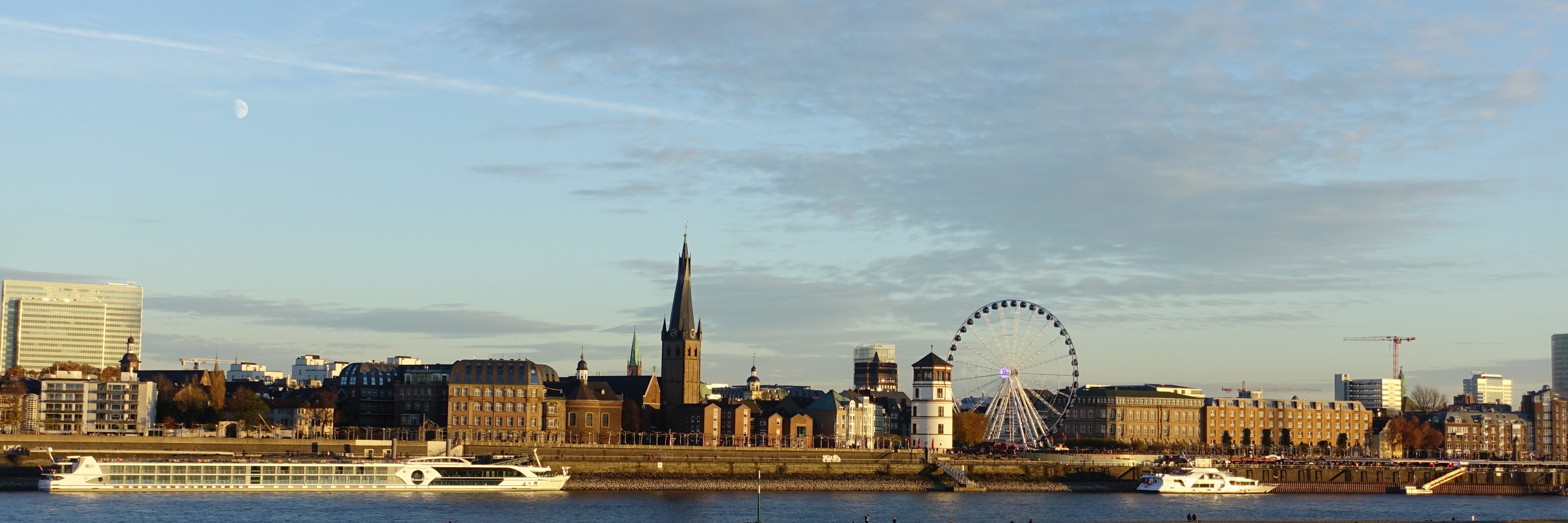In my free time I've been dipping into the Netflix documentary 'Making a Murderer', which is about the trial of Steven Avery, a Wisconsin junkyard owner, for the murder of a young woman. It's pretty damned interesting, if you have a weakness for American courtroom drama.
One of the things that struck me is how German the American Midwest still is. Americans of German descent, like me, still form the largest ethnic group in America, with some 46 million people. Huge numbers of them settled in the Midwest of the United States during the 19th and early 20th centuries, and in fact German was spoken as a native language by millions of people in places like Indiana, Wisconsin, and Illinois until well into the 20th century.
These days, German-Americans get no attention. German-Americans integrated completely into American society, keeping only their last names and perhaps a few scattered bits of tradition. And in fact, many changed those names to try to appear more Anglo-Saxon. Not only because some of the names were long and hard to pronounce, but also because fighting Germany in two world wars didn't do much for German ethnic pride. As I was growing up, the fact that my family was of German ancestry played almost no role at all, and the same was true for most everyone of German extraction I knew. After World War II, the notion of expressing much interest in your German heritage was seen as suspect in cosmopolitan circles.
So I was interested to see just how German the state of Wisconsin (largest city: Milwaukee) still remains.
The prosecutors and cops in the Steven Avery documentary have names like Gahn, Kratz, Wiegert and even Fassbender (!). The victim's name was Teresa Halbach. Avery's defense lawyers are named Strang and Buting. But what was even more interesting is the recordings and testimony of various witnesses. These were mostly country folk without much education, using nonstandard grammar: he ain't gonna win, don't none of this matter, etc.
But one thing both the educated and uneducated people had in common was using the English word 'by' just like the German word bei. Bei, in German, is like chez in French: it's an all-purpose proximity adverb meaning at someone's house, next to someone or something, near someone or something, the company you work at (I work bei Siemens), etc. English uses different phrases for all of these things: I'm going to John's house, I'm standing next to John, I work at Exxon.
But the people being interviewed for this documentary — and not just the ones with German names — used by in the German sense! I was by him (meaning at his house) the whole afternoon, I went up and sat on the stairs by (next to) Brendan, etc. They also used 'yet' in the German sense: instead of saying "she was still alive", they'd say "she was alive yet", just the way a German would use the word noch. This has nothing at all to do with accent, all of these people spoke perfectly normal Midwestern, with its slightly nasal vowels.
Scholars are pretty familiar with these aspects of Midwestern dialect, but I wonder how many of the Weicherts in Wisconsin and Monheims in Minnesota realize that their German heritage pops up in the way they speak every day?
